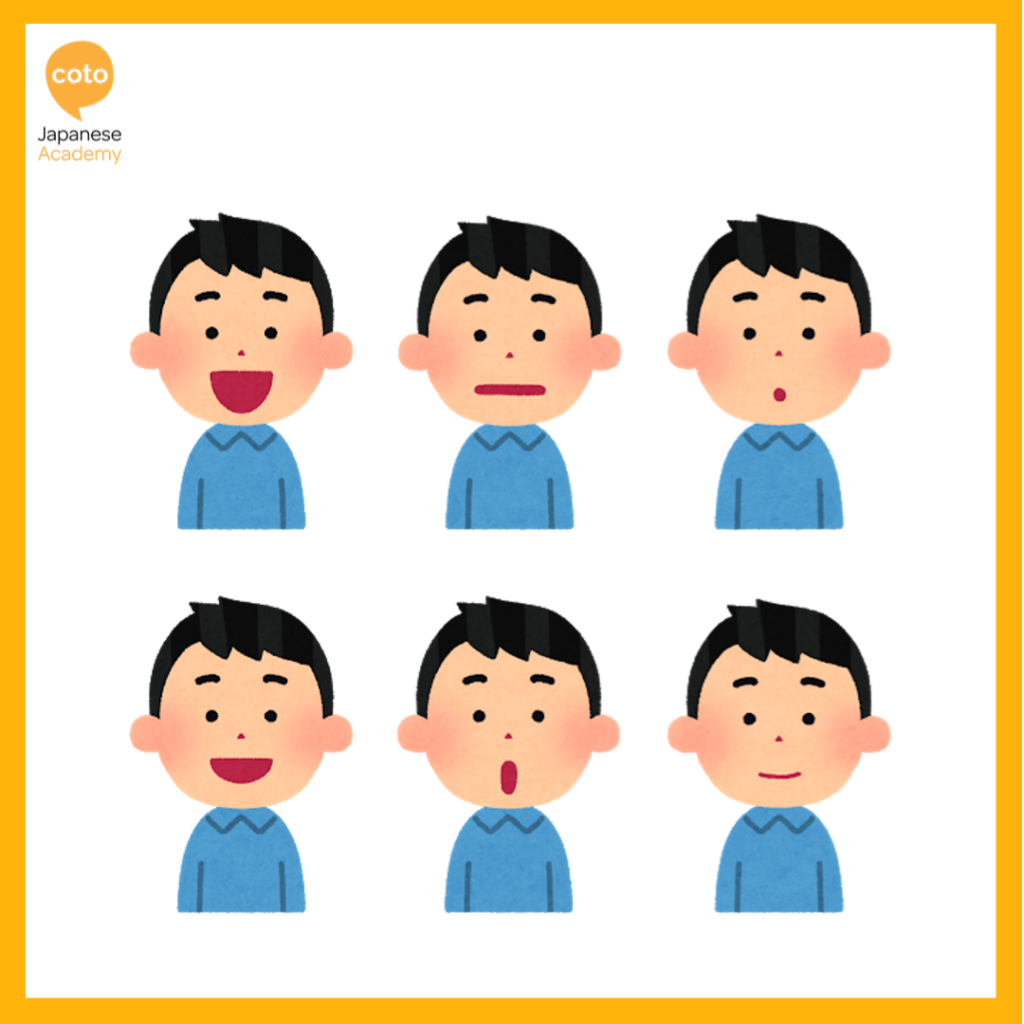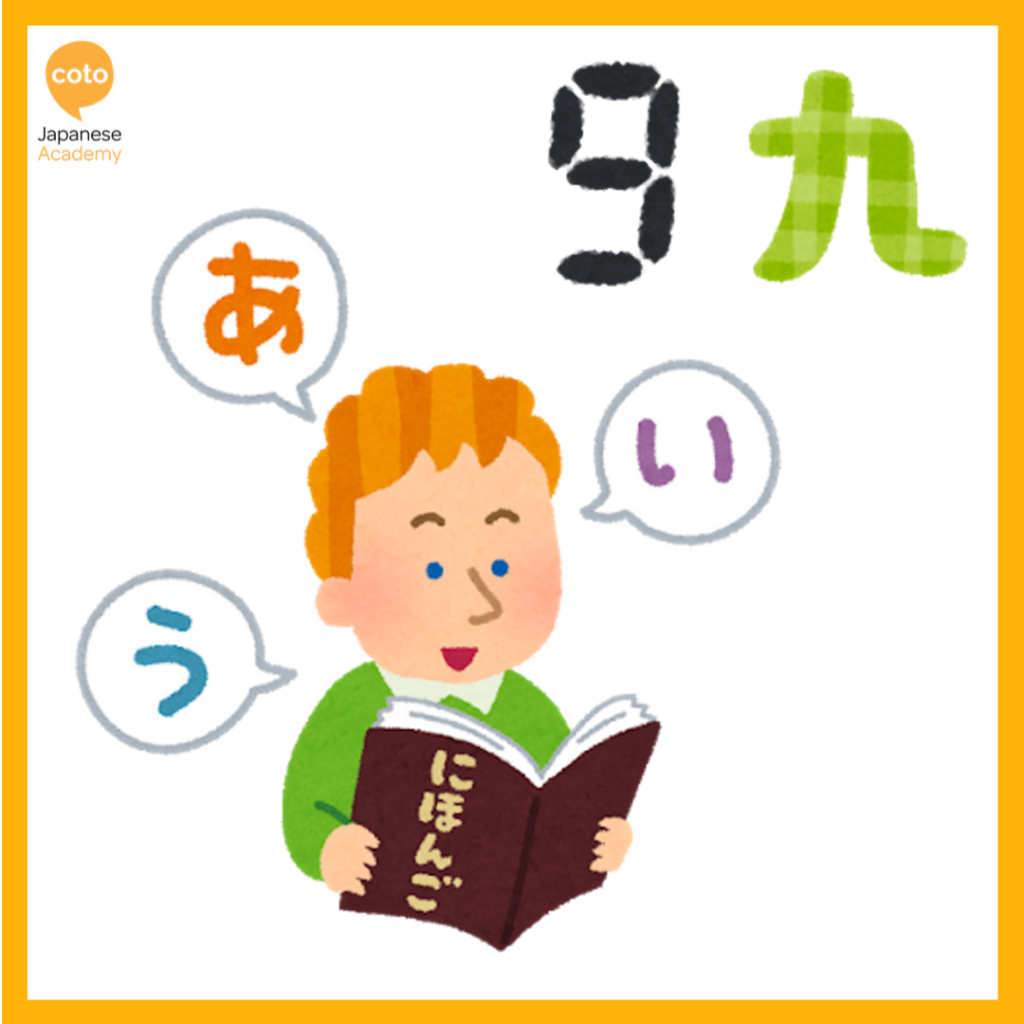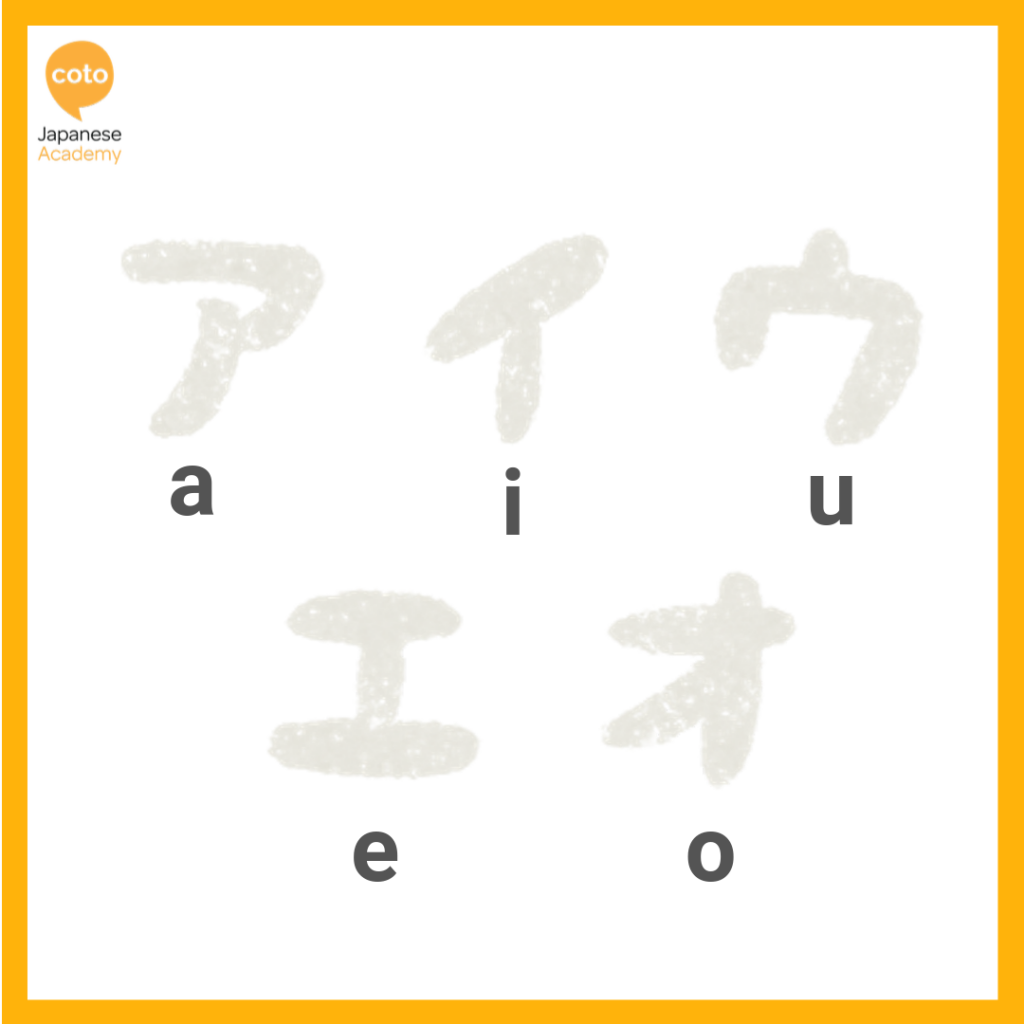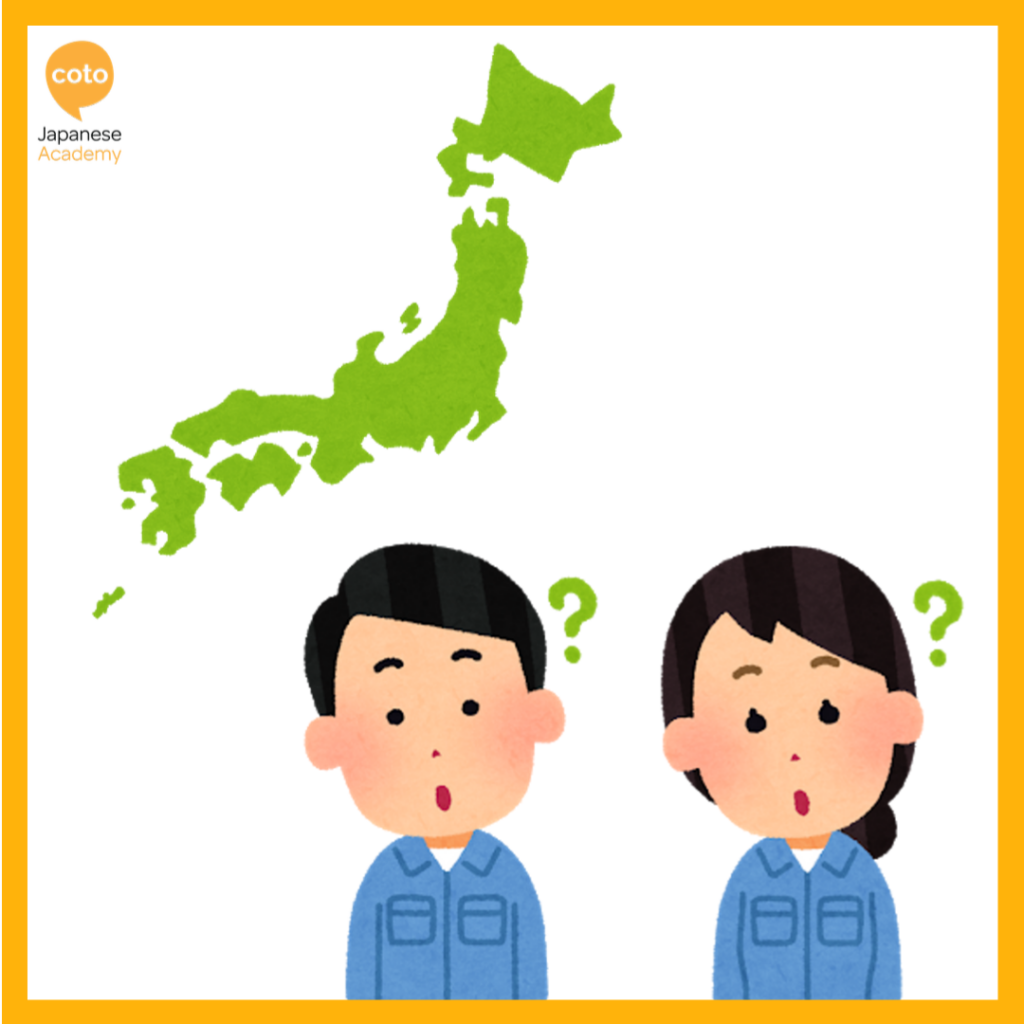Have you ever wonder how and where did the Japanese language come about? or any Japanese language facts?
Here are the top 10 mindblowing ones for you!

1. There are many ways to refer “I” in Japanese
In English, you refer yourself as “I”. But in Japanese, there are many more ways to refer to yourself. Other than 私 (watashi), there are 僕 (boku), 俺 (ore), 俺様 (oresama), 自分 (jibun) and 拙者 (sessha).
“僕” (boku) ー It is often ussed by males. This is less formal than “私” but usually accepted in a business settling as well.
“俺” (ore) ー Similar to “僕””, it is often used by males. However, “俺” has a more aggressive tone than “僕”. I would not recommend using this word as it would be considered rude towards the Japanese.
“俺様” (oresama) ー You might have heard this word in a couple of animes like Dragon Ball. For this word, you should not use it in front of your boss.
“自分” (jibun) ー This word is referred to yourself. The interesting part is you can use “自分” as a second person too! Confusing right?
“拙者” (sessha) ー Another classical way of saying “I” which means “clumsy person”. You should use this word only when you are a samurai because being humble about their abilities was a samurai thing to do.

2. Japan is the only country to have the Japanese language as their official language.
But, this does not mean Japan is the only place where the language is spoken.
For example, in the Republic of Palau, Japanese is considered a minority language is spoken there. As of 2010, 1% of Californians and 15% of Hawaiian residents speak Japanese!

3. The Japanese language is one of the most fast-paced spoken languages in the world.
Research has been done and shown that Japanese is confirmed as one of the most-fast paced spoken languages in the world! It has an informational density of 0.49, a syllabus rate of 7.84 and an information rate of 0.74.
Compared to 6 other more major languages like English and Mandarin, the Japanese language definitely out beat them.

4. The Japanese language has no genetic relation to any other languages.
Kanji is adopted from Chinese characters and used as a Japanese writing system. Despite popular beliefs, Japanese is not related or derived from the Chinese language at all.
They do not belong to the same language family as Chinese. Considered to be one of the most unique languages in the world, the Japanese language is said to have no direct derivation! How interesting is that!

5. Romaji has an interesting origin.
During the 16th century, some may think Romaji came from the European countries. But, as a matter of fact, it does not!
Romaji has its roots in Christianity!
During the 1500s, the romaji is developed by a Japanese Catholic. They wanted to help European missionaries evangelize and promote their Jesuit religion in Japan without having to learn the complex character systems of Japanese. The oldest form of Japanese romanization is based on Portuguese.
Fun fact, the first Japanese-English dictionary to feature romaji was published by James Curtis Hepburn in the 1800s. Thus, Hepburn Romanization.

6. Japanese is the 9th most commonly spoken language by native speakers.
With around 130 million native Japanese speakers, this makes it the 9th most spoken language. It is most space-concentrated of all the most spoken languages.
Even though Through Globalisation Japanese cultures such as anime, manga and even JPop are becoming more popular. Thus, foreigners are interested in learning Japanese due to the spread of Japanese culture.

7. The Japanese language boasts a specific alphabet system for writing foreign words.
During the Heian period, Kanji words are hard to read and to accommodate this, 片仮名 (カタカナ) is adopted for the purpose of aiding in the reading of Kanji. Thus, making it easier for the Japanese to read them.
Back to 951AD, 片仮名 (カタカナ) was used by Buddhist monks to annotate Chinese writing for Japanese readers, similar to 振り仮名 (ふりがな).
Over time, it became a way for Japanese officials to communicate with foreign traders. 片仮名 (カタカナ) consists of 48 syllabograms.

8. Japanese is not a tonal language.
The Japanese language is monotonous as compared to English. Many East Asian languages are toned in nature. For example, Mandarin and Thai rely on tone to convey meaning.
Like all languages, the Japanese do have a certain rhythm and cadence to its words and sentences. For non-native Japanese speakers, learning the cadence of the language can be difficult and challenging.

9. Little is known about the Japanese language during their prehistory.
The Japanese language’s origins that came about is still unknown today. Some sources claim that the Japanese language was brought to Japan during the early-to-mid 2nd century BC.
Others say that Japanese is connected to the Ural-Altaic language family, which includes Turkish, Mongolian, Machu, and Korean. Japanese also shows similarities to Austronesian languages like Polynesian.
There is no direct evidence that can be discerned about this period of Japanese must be based on the reconstruction of the old Japanese.

10. The Japanese language does not have a plural form
Those who have studied the Japanese language would have noticed that they do not have a plural form.
For example, in English, if it is in the singular form, we say “This is a book”. In plural form, we say “these are books”. But, Japanese is otherwise.
We say “これはほんです” (kore wa hon desu.) – This is a book, does not matter if it is singular or plural. Japanese have counters to explain if it is a lot such as ”たくさん” (takusan) – A lot or ”さまざま” (samazama) – Various.
Despite whether its singular or plural, the form of the word does not change.
Do you feel that your mind has been blown by these facts? Does it excite you to learn more Japanese? Click the link below for the different types of Japanese courses you can take,